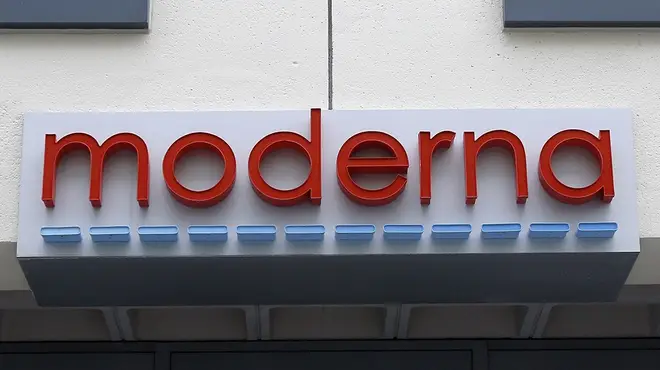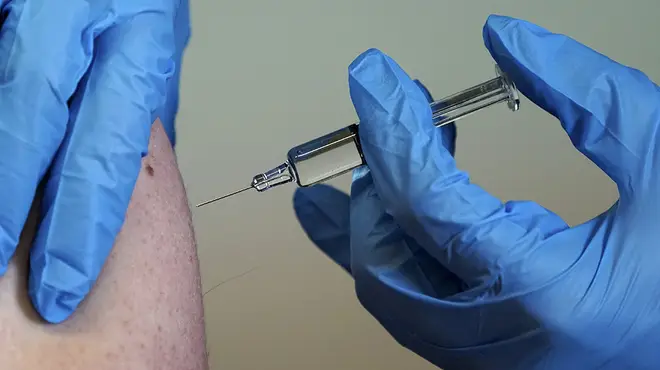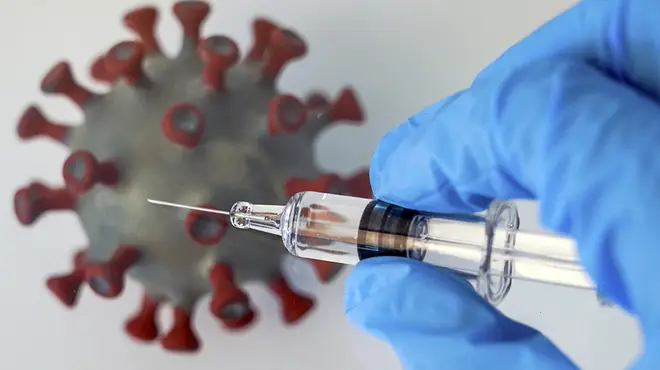
Richard Spurr 1am - 4am
16 November 2020, 12:56 | Updated: 7 June 2023, 08:56

A second coronavirus vaccine has been developed by US company Moderna with huge efficiency rates - but how does it compare to Pfizer and BioNtech?
Moderna has come forward to confirm they have developed a new Covid-19 vaccine that is nearly 95% effective.
The US company, based in Massachusetts, has made the vaccine announcement just after Pfizer and BioNTech and has offered promising findings so far in a bid to end the global coronavirus pandemic.
So with two potential coronavirus vaccines on the horizon, here’s all your questions answered on the Moderna discovery including the efficacy rates, how it works and the potential side effects.
Coronavirus: What is an RNA vaccine and how does it work?
While data and findings are still in the early stages, here’s what has been said so far:

Just life Pfizer and BioNTech, the vaccine involves RNA technology which means injecting part of the virus’s genetic code into the human body to trigger an immune system response.
This method should help the body to make antibodies and T-cells to fight coronavirus should the person come into contact with it.
Just beating Pfizer, who has a success rate of 90%, Moderna’s early findings have suggested their vaccine is 95% successful.
A third vaccine, Sputnik V developed in Russia has also released early data suggesting it’s 92% effective.

Despite the risks that comes with most media treatments and medicines, Moderna has not reported any significant side effects to be concerned with.
Potential side effects in their findings so far include short fatigue, headaches and pain.
Pfizer and BioNtech reported similar side effects in their vaccine trials.
One big difference between the two vaccines is the storage temperature. Moderna has reported their vaccine only needs to be kept at -20C for six months - a temperature most GPs and standard fridges can maintain.
Pfizer’s vaccine needs to be stored at -75C or a fridge for five days making it much less manageable.